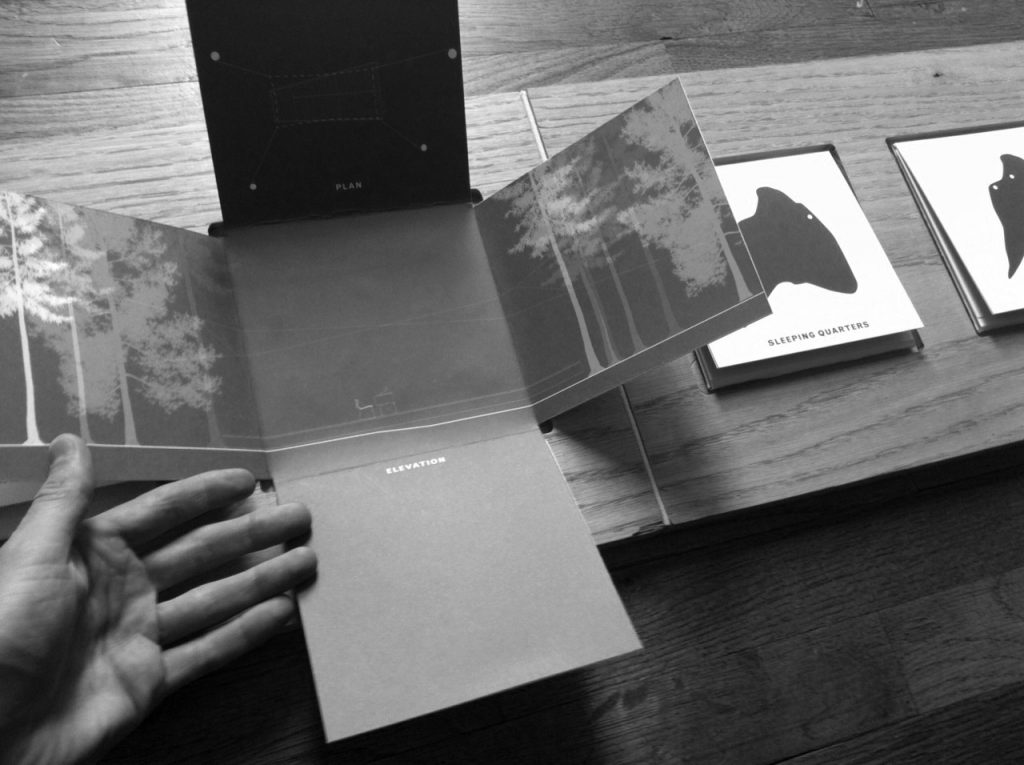
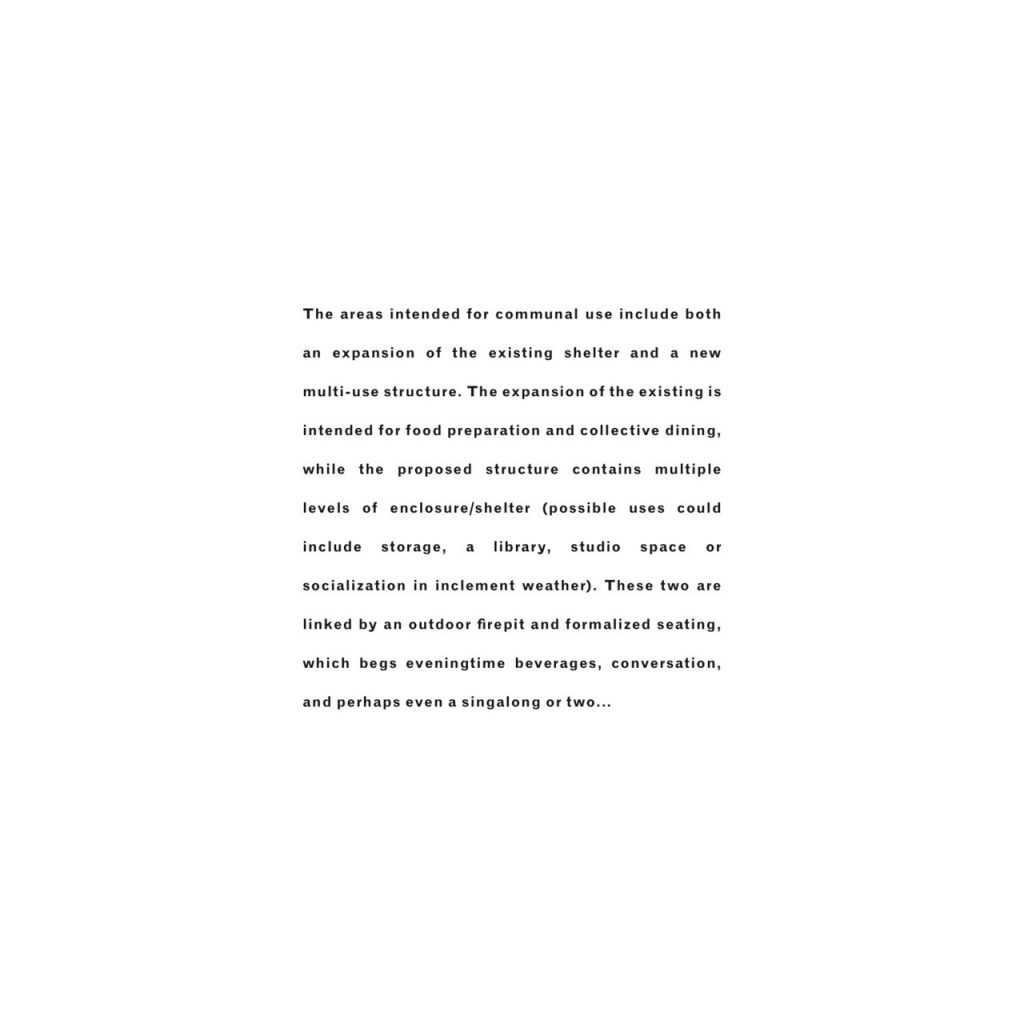
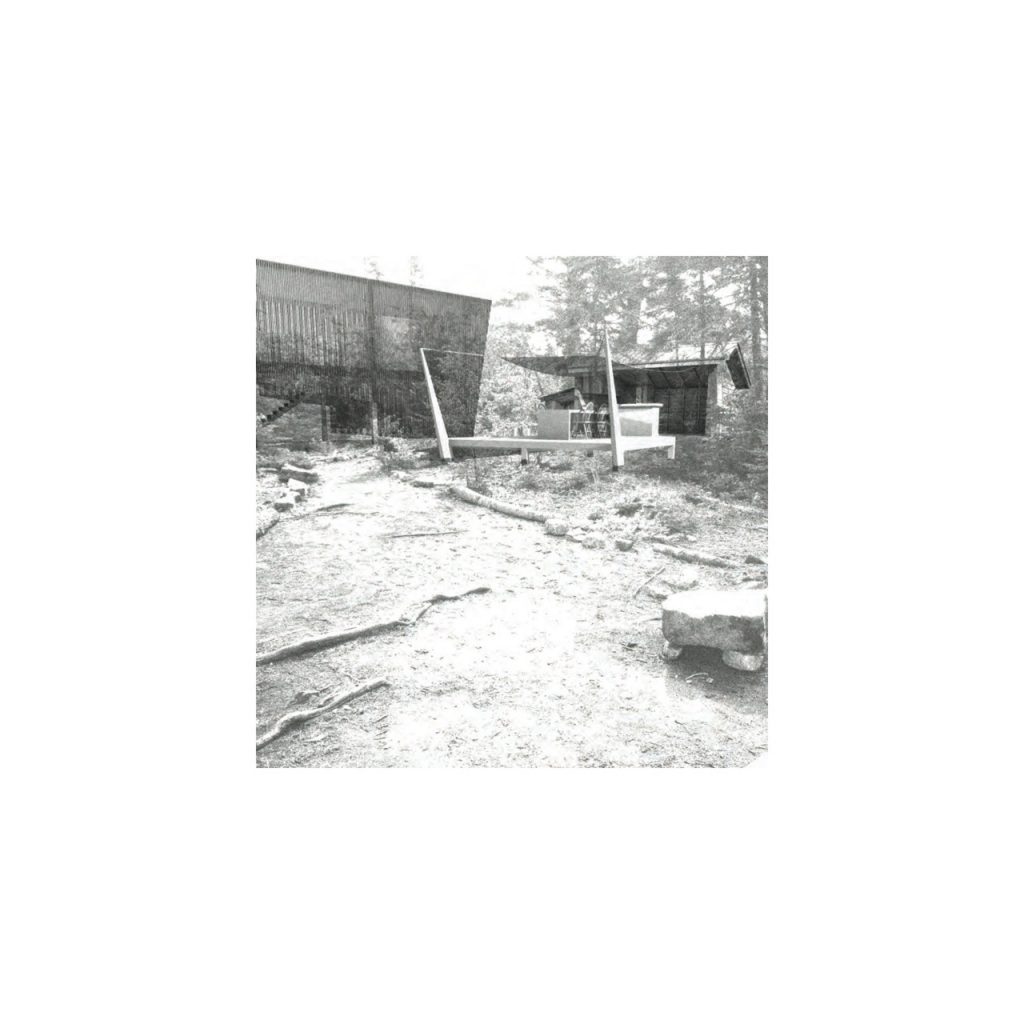
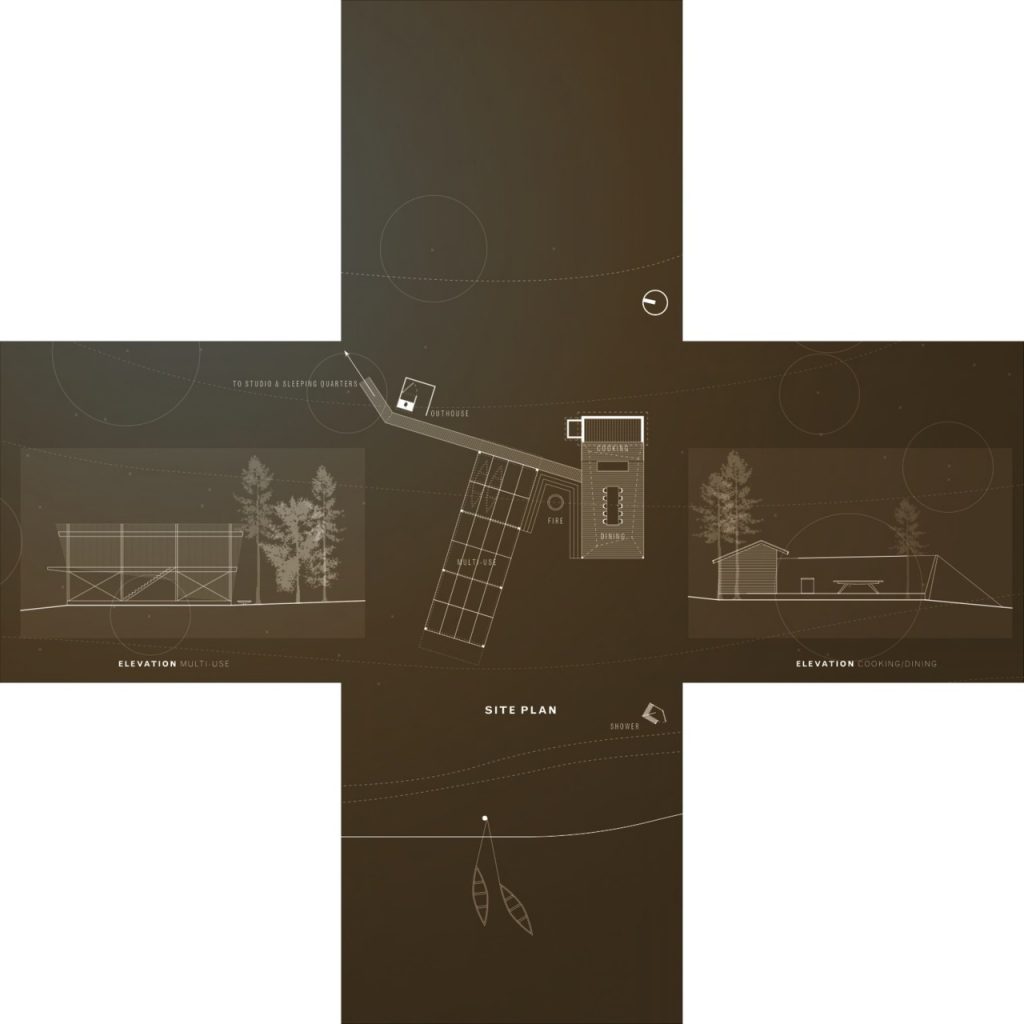
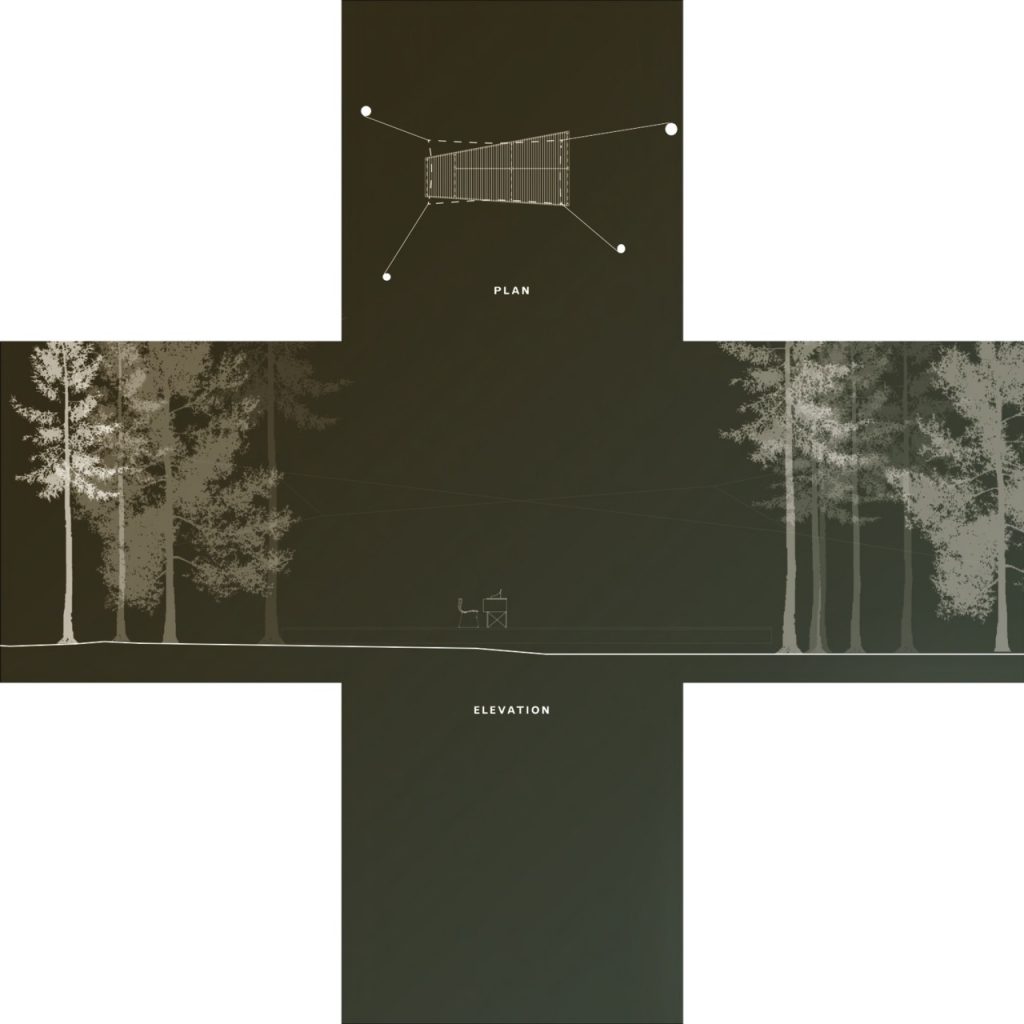
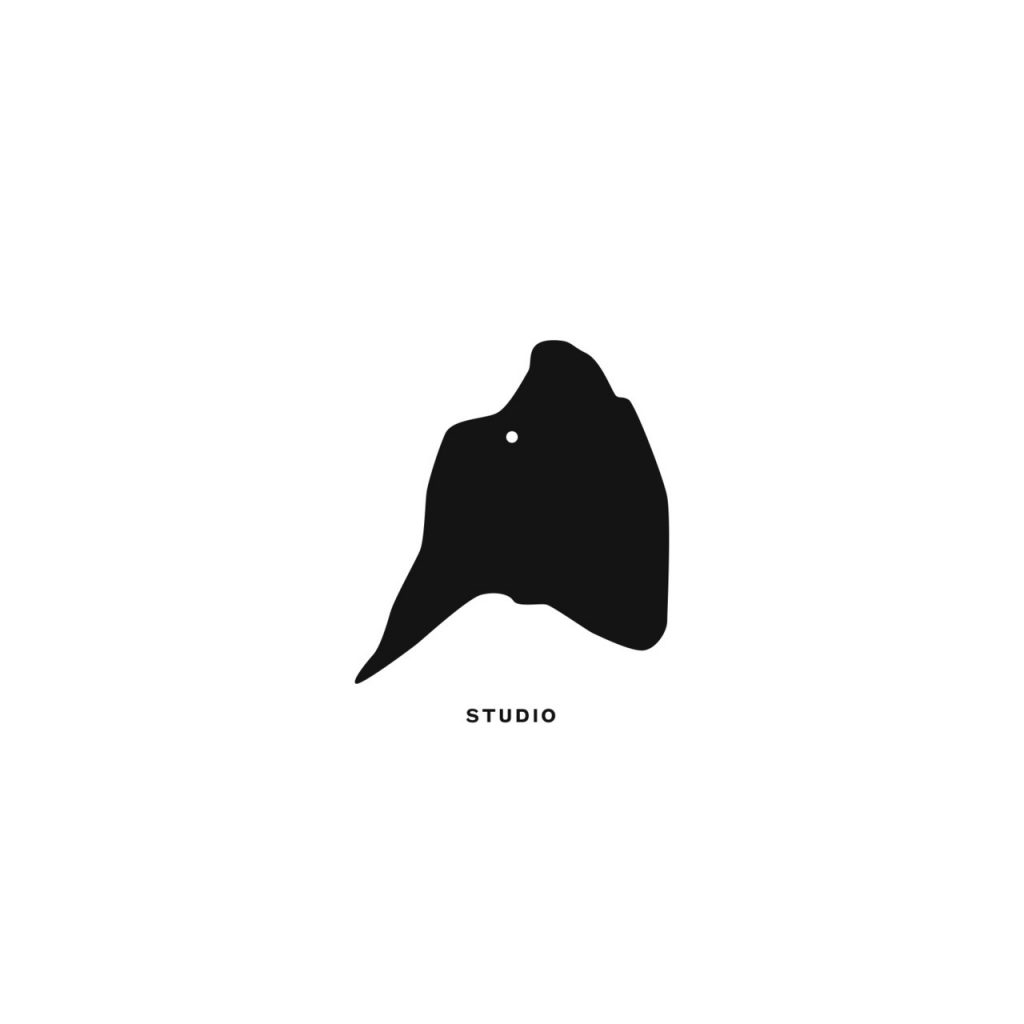
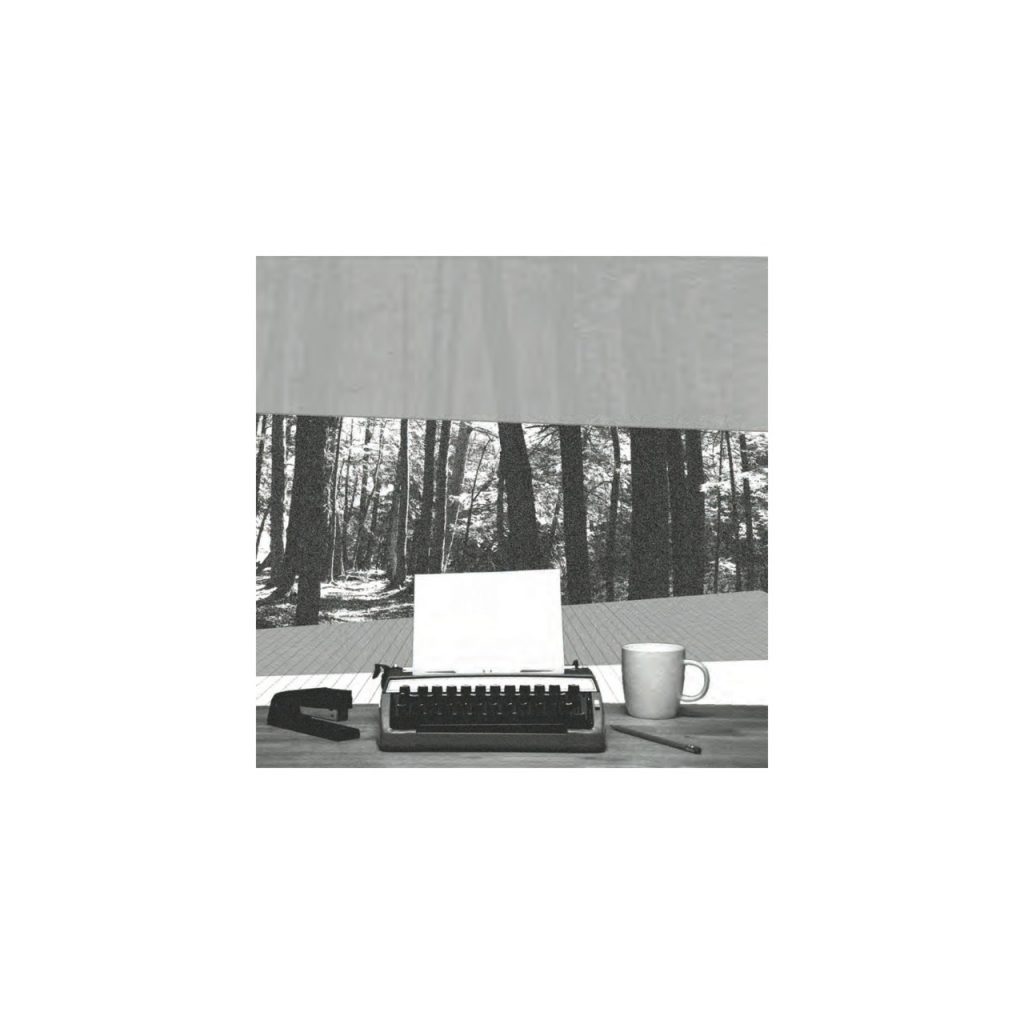
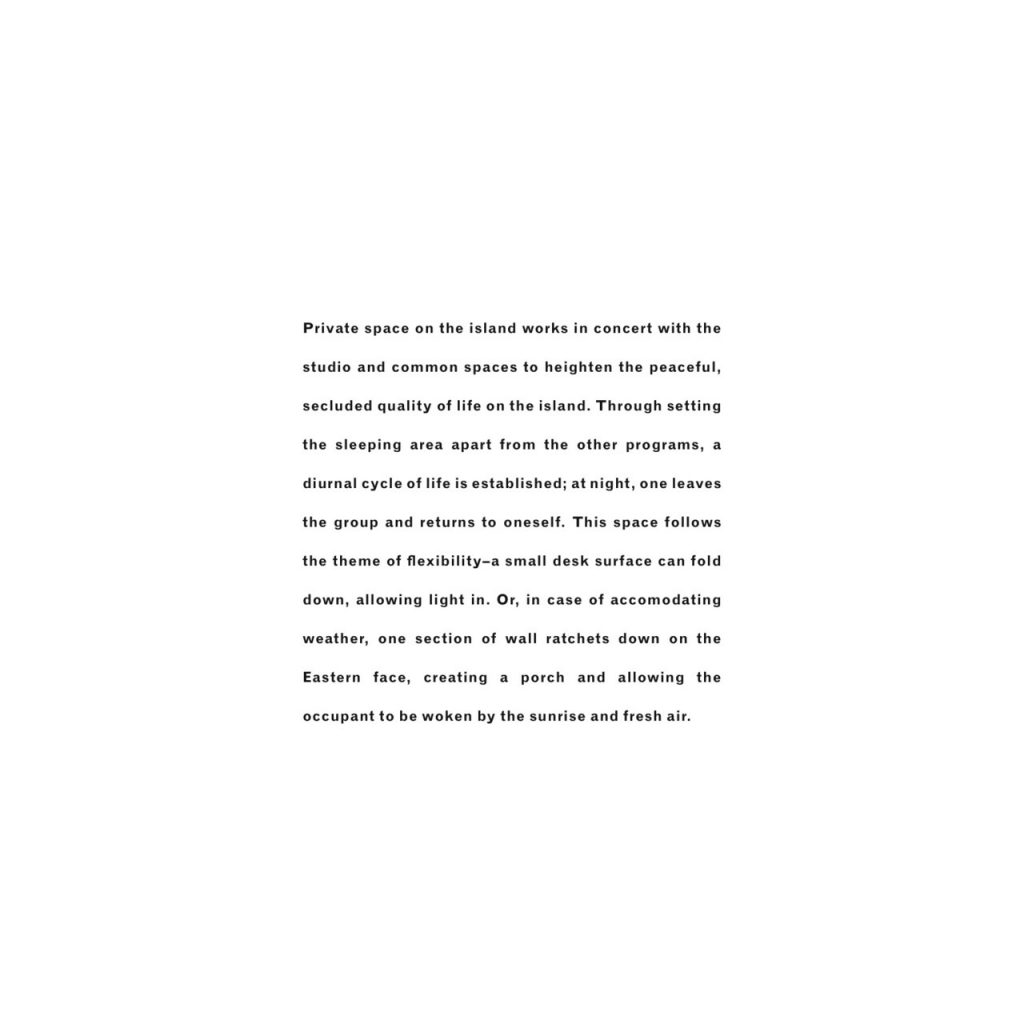
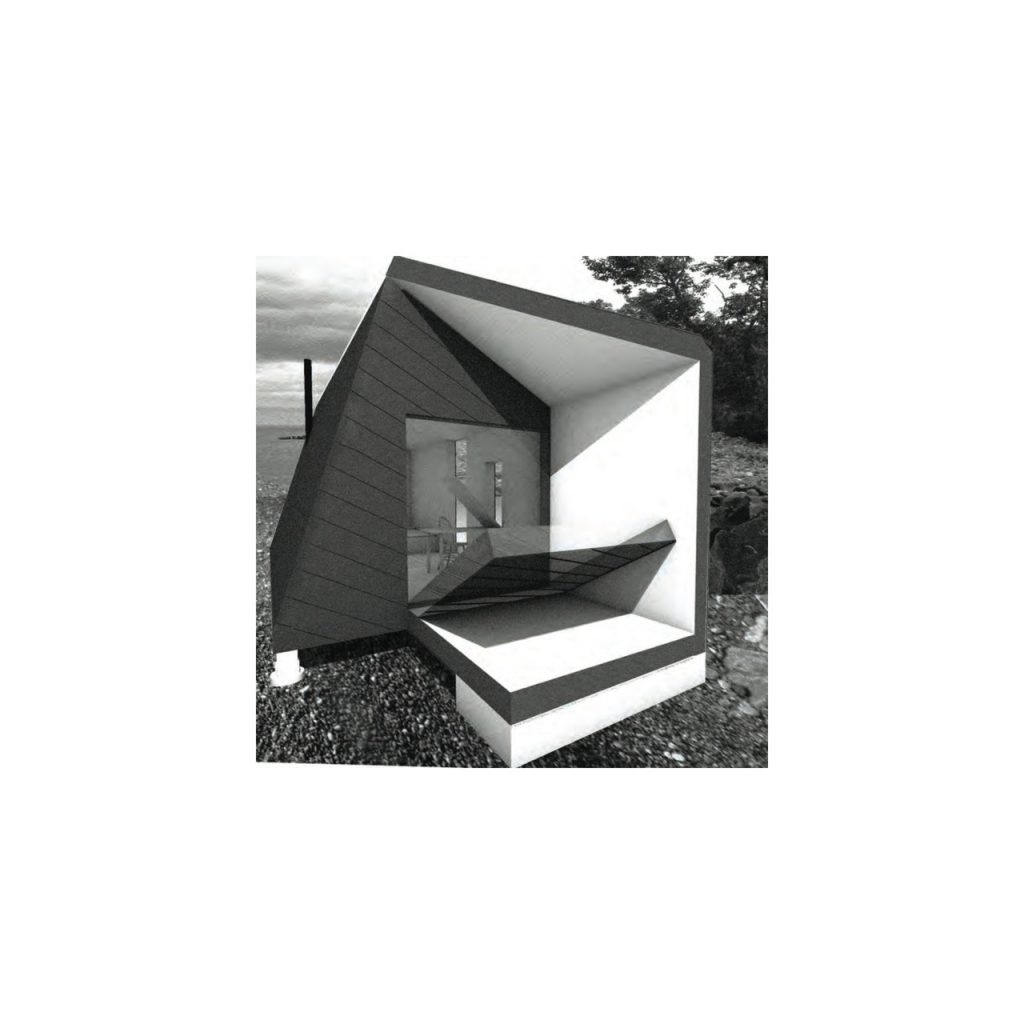
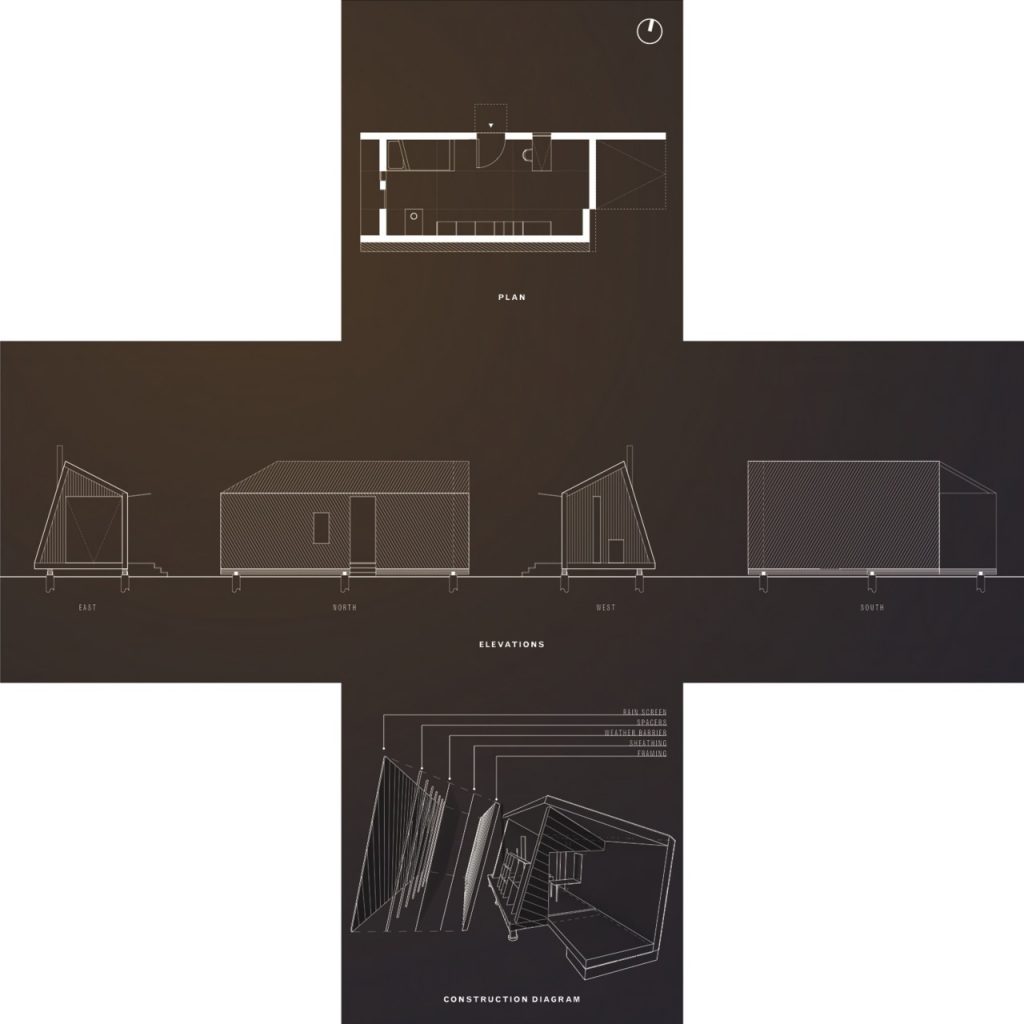
Rabbit Island Architecture Competition: A collaboration of Hatchback and Northerly Design Studios
Contact:
Jono Sturt: jbsturt@gmail.com
Thomas Affeldt
Rabbit Island makes legible a curious entanglement of technology, mass and culture. The challenges associated with arriving at (let alone building on) this small, remote and uninhabited island force any would-be inhabitant to make a shift in their customary priorities.
Technology / Mass
For the sake of contemporary building techniques, the absence of modern infrastructure (electricity, hardware stores, saw mills, roads, etc.) on the island effectively locates it in a separate place on the historical timeline. One cannot approach this project as if it were a contemporary suburban home; the technology that makes those buildings possible is simply not present.
Geography compounds this challenge, limiting the weight of what can be brought to the island via boat, and forces a shift in priorities, away from that of a typical project.
The metaphor of an umbilical cord– stretching from our present, all the way back to a time before places had names– seems apt here. An umbilical, only able to carry a small amount of to an unborn child, carries only what is the most valuable, nutritious, vital. So too must the building materials and practices for this site be considered; light, local, and low-tech wherever possible. To be clear, this is not an argument for a vernacular, nostalgic, or log-cabin-esque approach but rather an ambition of lightness, of flexibility, of decisions carefully made. This is not the frontier of westward American expansion, but it is a unique opportunity to address a similar context, given the advantages of a modern, globalized world.
Culture
The island’s remoteness has cultural ramifications as well as pragmatic ones. Any person or group of people spending a length of time in this place will likely come to develop a deeper, richer understanding of concepts such as solitude, presence of a place, the relationship of culture to nature… the list goes on.
To design structures responsibly for this island requires one to consider that whatever is built here will frame the occupants’ experience of being in this place.
Experience
A short summary of each proposed structure is included with its visual description. With that in mind, it seems more appropriate here to merely include certain experiences that are ambitions of our designs:
Laying the solar shower bags out on the Western rocks to be warmed by the sun over the course of a day; later, before an evening meal, a bag is hoisted with a rope to its place above the shower. The weight of the bag bends its metallic support, centering the flow of water above the light, wooden structure.
The gathering of people around a table for dinner under a canvas roof, open to the breeze, looking out over Lake Superior as the sun drops toward the water.
Painting a canvas while standing on a simple white plane, the byproduct of modernity, every glance away re-centering the painter within the natural sublime, a dense field of wood and light.
Returning through the woods to the sleeping quarters after a good day of work, ratcheting down the Eastern wall, then standing out on the surface it forms, watching the waves for a moment. In the morning, the sun floods this small room with light and color–-a vibrant but gentle alarm clock.
